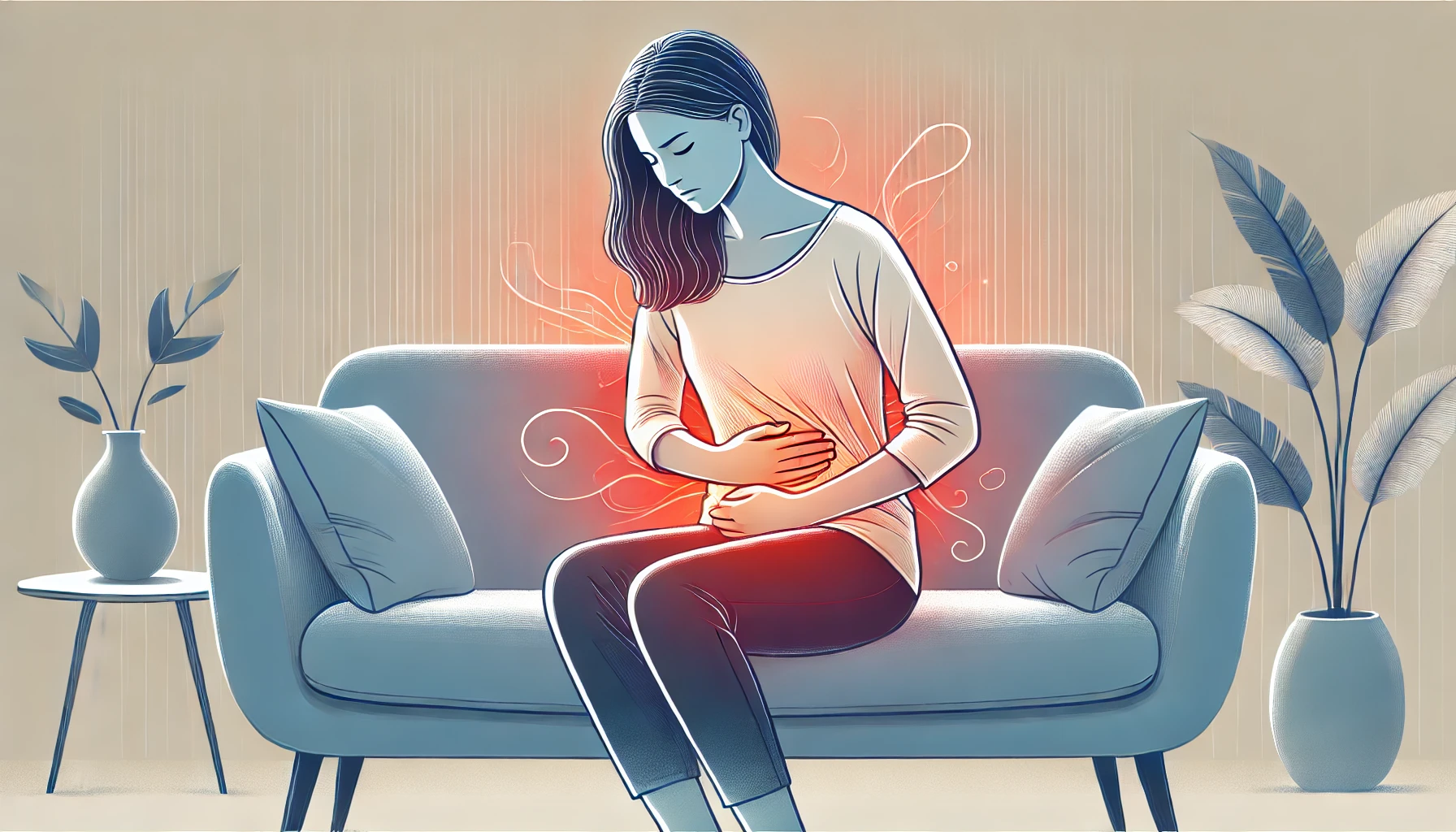Shopping Cart
CloseNo products in the cart.
Filter
closeUnderstanding and Managing Stomach Pain: Causes, Prevention, and Treatment
Author: ItHurts.com
A Comprehensive Talk on Say Goodbye to Stomach Pain

Understanding the Basics:
Stomach pain, also referred to as abdominal pain, is one of the most common ailments affecting people of all ages. From a fleeting discomfort after a heavy meal to chronic pain signaling a deeper issue, stomach pain can vary widely in intensity, duration, and underlying causes. This comprehensive guide will delve into the types of stomach pain, their causes, and actionable strategies to alleviate and prevent them.
Types of Stomach Pain and Their Characteristics
Stomach pain manifests in various ways depending on its cause. Understanding the characteristics can help identify the issue and seek appropriate care.
- Sharp Pain
– Description: Sudden, intense pain that may feel like stabbing or piercing.
– Location: Often localized to one area, such as the upper right abdomen (e.g., gallbladder issues) or lower right abdomen (e.g., appendicitis).
– Intensity: High and typically short-lived, though it may recur.
- Cramping Pain
– Description: A wave-like pain that comes and goes, often linked to digestion.
– Location: Generalized across the abdomen or lower abdomen.
– Intensity: Mild to moderate, but can escalate during episodes.
- Burning Pain
– Description: A searing sensation often associated with acid reflux or ulcers.
– Location: Commonly felt in the upper abdomen or behind the breastbone.
– Intensity: Moderate to severe, exacerbated by certain foods or lying down.
- Dull Ache
– Description: Persistent, low-grade pain that may last for hours or days.
– Location: Diffuse or in specific areas.
– Intensity: Mild but uncomfortable and distracting.
Common Causes of Stomach Pain
Stomach pain can stem from a wide array of causes, ranging from minor to severe. Here are the most common culprits:
- Indigestion and Gas
– Triggered by overeating, spicy foods, or carbonated drinks.
– Causes bloating, discomfort, and a feeling of fullness.
- Gastrointestinal Infections
– Result from consuming contaminated food or water (e.g., norovirus, salmonella).
– Symptoms include diarrhea, vomiting, and cramping.
- Irritable Bowel Syndrome (IBS)
– A chronic condition causing abdominal cramping, bloating, and irregular bowel movements.
- Acid Reflux and GERD
– Caused by stomach acid flowing back into the esophagus.
– Symptoms include a burning sensation and pain after eating.
- Ulcers
– Open sores in the stomach lining caused by H. pylori bacteria or NSAID overuse.
– Pain often worsens on an empty stomach.
- Appendicitis
– Inflammation of the appendix, causing severe pain in the lower right abdomen.
– Requires immediate medical attention.
- Gallstones
– Hardened deposits in the gallbladder causing sharp pain in the upper right abdomen.
– Often triggered by fatty meals.
Underlying Reasons for Stomach Pain
- Muscle Strain
Abdominal muscles can strain from heavy lifting, intense exercise, or sudden movements, leading to localized pain.
2. Nerve Compression
Nerve issues, such as those from herniated discs in the spine, can sometimes refer pain to the abdomen.
3. Digestive System Issues
Inflammation, infection, or blockages in the gastrointestinal tract can result in stomach pain.
4. Organ Dysfunction
Malfunctioning organs like the liver, pancreas, or kidneys can produce pain that radiates to the abdomen.
How Stomach Pain Typically Presents Itself
– Onset: Can be sudden or gradual, depending on the cause.
– Duration: Acute pain lasts hours to a few days, while chronic pain persists for weeks or months.
– Pattern: Intermittent (comes and goes) or constant.
– Associated Symptoms: May include nausea, vomiting, fever, diarrhea, or changes in bowel habits.
Treatment and Relief for Stomach Pain
- Lifestyle Changes
– Eat small, frequent meals to avoid overloading the stomach.
– Avoid trigger foods like spicy, greasy, or acidic dishes.
– Stay hydrated to promote healthy digestion.
2. Exercises and Stretches
– Child’s Pose: Relaxes the abdomen and eases cramping.
– Knee-to-Chest Stretch: Helps relieve gas and bloating.
3. Self-Massage Techniques
– Use gentle circular motions on the abdomen to stimulate digestion and reduce bloating.
4. Holistic Approaches
– Herbal Teas: Ginger and peppermint tea soothe nausea and cramping.
– Probiotics: Promote a healthy gut microbiome.
5. Medical Treatments
– Over-the-Counter Remedies: Antacids, simethicone, or loperamide for gas, acid reflux, or diarrhea.
– Prescription Medications: Antibiotics for infections or proton-pump inhibitors for GERD.
– Surgery: For severe cases like appendicitis or gallstones.
Scientific Research on Stomach Pain
– Probiotics and Gut Health**: Studies show that probiotics can significantly reduce symptoms of IBS and improve overall gut function.
(Source: Journal of Gastroenterology, 2020)
– Dietary Interventions: A low FODMAP diet has proven effective in managing IBS-related pain.
(Source: Clinical Nutrition Journal, 2021)
– Mind-Body Connection: Research highlights the impact of stress and anxiety on digestive disorders. Mindfulness and CBT can reduce pain severity.
(Source: American Journal of Gastroenterology, 2019)

Final Thoughts:
Stomach pain is a common but complex issue that can arise from various causes, from indigestion to more serious conditions like appendicitis or ulcers. By understanding the type and cause of the pain, individuals can take targeted steps to alleviate discomfort.
Adopting preventive measures, such as maintaining a balanced diet, managing stress, and staying physically active, plays a crucial role in reducing the occurrence of stomach pain. If pain persists or worsens, seeking medical advice is essential for proper diagnosis and treatment.
Your health is your wealth—take proactive steps today to safeguard your stomach health and overall well-being.
ItHurts.com is your ally in your endeavor to live pain-free. We offer guidance, resources, and community support to address chronic pain, emotional stress, and physical discomfort. Discover insightful articles, product reviews, recommendations and shared experiences to empower your journey to better health. Remember, if it hurts, we can help!
Related Products
No posts found!
Related Blogs
No posts found!
